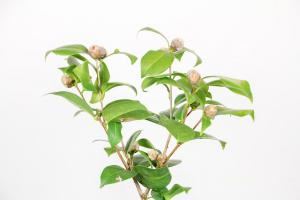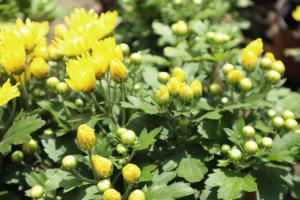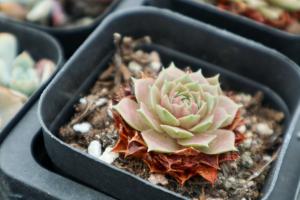What Does the Cell Wall Do in Plant Cells?
Introduction
Plant cells have a unique structure that helps them to survive and thrive in a variety of environments. One crucial component of these cells is the cell wall. In this article, we鈥檒l explore the role of the cell wall in plant cells and how it contributes to their overall function.
Structure of the Cell Wall
The cell wall is a rigid layer that surrounds the plasma membrane in plant cells. It is made up of cellulose fibers, which are long chains of glucose molecules. Other components of the cell wall include lignin, hemicellulose, and pectin. These components work together to create a strong, protective barrier around the cell.
Protection
The primary function of the cell wall in plant cells is protection. The cell wall helps to protect the cell from external stresses, such as physical damage, environmental changes, and pathogen attacks. The strong and rigid structure of the cell wall provides a tough physical barrier that prevents the cell from being crushed or torn apart. Additionally, the cell wall provides protection from disease-causing pathogens by creating a barrier that is difficult for them to penetrate.
Maintenance of Cell Shape
The cell wall also plays a critical role in maintaining the shape and structure of plant cells. The rigid cell wall exerts pressure on the cell, giving it a defined shape and preventing it from collapsing in on itself. This pressure is known as turgor pressure and is a result of the accumulation of water inside the cell. Without the cell wall, the plant cell would become flaccid and unable to maintain its structure.
Conclusion
In conclusion, the cell wall in plant cells provides critical functions such as protection and maintenance of the cell鈥檚 shape. The structured and rigid wall made up of cellulose fibers, lignin, hemicellulose, and pectin creates a robust barrier around the cell, protecting it from external stressors and helping it to maintain its shape. Without the cell wall, plant cells would not be able to survive in their environment.

 how many times do yo...
how many times do yo... how many planted tre...
how many planted tre... how many pine trees ...
how many pine trees ... how many pecan trees...
how many pecan trees... how many plants comp...
how many plants comp... how many plants can ...
how many plants can ... how many plants and ...
how many plants and ... how many pepper plan...
how many pepper plan...






























